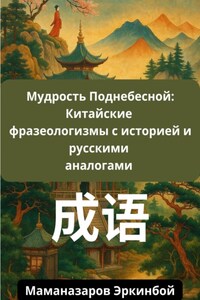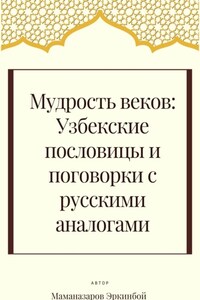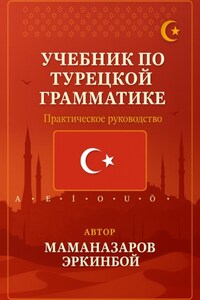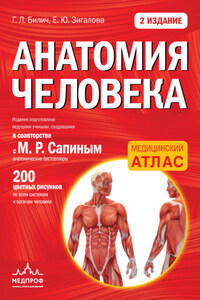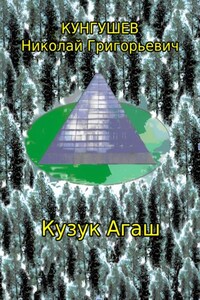UZBEK LANGUAGE: A COMPLETE SELF-STUDY GUIDE
From Beginner to Intermediate Level
ANNOTATION
This comprehensive self-study textbook is designed for English speakers who want to learn Uzbek independently. The book provides a systematic approach to mastering the Uzbek language through clear explanations, practical examples, and progressive exercises. Written entirely in prose format without tables or visual aids, this guide focuses on developing all four language skills: reading, writing, listening comprehension, and speaking through detailed textual descriptions and phonetic explanations.
The textbook covers essential grammar structures, vocabulary building, cultural context, and practical communication scenarios. Each chapter builds upon previous knowledge while introducing new concepts in a logical sequence. Special attention is given to pronunciation guidance through detailed phonetic descriptions and the unique aspects of Uzbek grammar that differ from English.
Suitable for complete beginners through intermediate learners, this book serves as both a structured course and a reference guide for independent study.
Chapter 1: Introduction to Uzbek Language
Welcome to your journey into the fascinating world of the Uzbek language. As you begin this comprehensive self-study course, you are embarking on an exploration of one of Central Asia's most significant and widely spoken languages. This introductory chapter will provide you with essential background knowledge that will enhance your understanding and appreciation of Uzbek as you progress through your studies.
Historical Background and Linguistic Family
The Uzbek language belongs to the Turkic language family, which is part of the larger Altaic language group. This linguistic heritage connects Uzbek to dozens of other languages spoken across a vast territory stretching from Eastern Europe to Siberia and from the Balkans to China. Understanding this connection will help you recognize patterns and similarities that exist between Uzbek and its linguistic relatives.
The roots of modern Uzbek can be traced back over a thousand years to the ancient Turkic languages spoken by nomadic tribes across Central Asia. These early Turkic peoples left behind inscriptions and manuscripts that provide glimpses into the linguistic ancestors of contemporary Uzbek. The language evolved through centuries of contact with Persian, Arabic, Mongolian, and Russian influences, each leaving their mark on vocabulary, grammar, and cultural expressions.
During the medieval period, the region that is now Uzbekistan was home to great centers of learning and culture, including the cities of Samarkand and Bukhara. These urban centers were crossroads of the Silk Road, where merchants, scholars, and travelers from diverse linguistic backgrounds interacted daily. This cosmopolitan environment enriched the developing Uzbek language with loanwords and expressions from Persian literature, Arabic religious texts, and various other languages of trade and scholarship.
The term "Uzbek" itself derives from the name of Khan Uzbek, a fourteenth-century ruler of the Golden Horde. However, the people and language we know today as Uzbek developed their distinct identity over several centuries through the gradual settling of various Turkic tribes in the fertile river valleys of Central Asia. The language crystallized its modern form during the fifteenth and sixteenth centuries as these communities established stable agricultural and urban societies.
Throughout the nineteenth century, as the Russian Empire expanded into Central Asia, Uzbek came into increasing contact with Russian language and culture. This period introduced many Russian loanwords, particularly in areas of technology, administration, and modern life. The Soviet period, which lasted from the 1920s until 1991, brought even more extensive Russian linguistic influence while simultaneously promoting the development of Uzbek literature and education in the native language.

